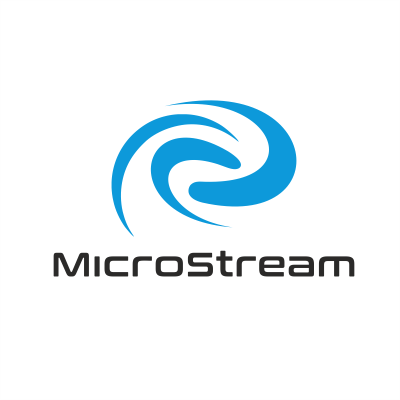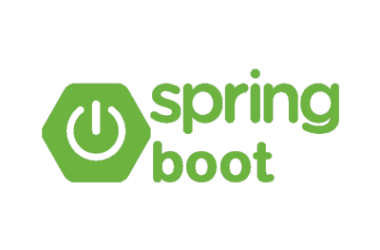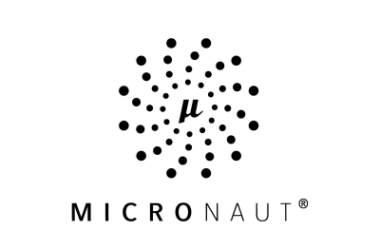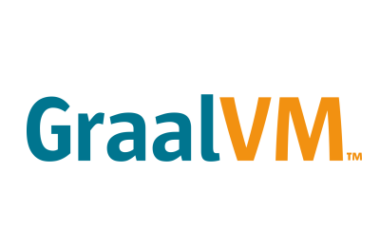MicroStream is the very first Java persistence (engine) that enables you to persist any Java object-graph or single subgraphs into any data storage natively. This means any object-graph can be persisted as it is in RAM. The MicroStream approach is fundamentally different from the traditional RDBMS/NoSQL DB-server programming model:
- only 1 data model – just POJOs
- no more dealing with DB-specific data models (tables, column-store, JSON, key-value, DB-specific graphs/objects) – which are actually incompatible with object-graphs we use in Java
- no more expensive mappings at all,
- no DB-specific query language, no more classic selects, just using getter.
Object-graphs in RAM are used as an incredibly fast pure Java in-memory database which is a kind of multi-model data structure because ANY Java type can be used such as collections. Queries: By using Java Streams API, object graphs can be searched in microsecond query time – up to 1000x faster than comparable traditional database query-time and even up to 100x faster than reading data directly from a local cache. An additional caching framework such as EHCache is not needed anymore. The end result is an ultra-fast pure Java in-memory database app or microservice having its own superfast persistence. MicroStream itself is a tiny Java API that can be included in any Java project easily via Maven. It runs on the server, on the desktop, within containers, on GraalVM native images as well as on Android. MicroStream is also part of the popular microservice framework Helidon – https://helidon.io/ – powered by Oracle. Get MicroStream: https://microstream.one/
Microservices
Cloud computing and microservices are changing the entire software industry. According to an O’Reilly survey, more than 30% of large enterprises have begun to use microservices. The main benefits for organizations are better feature flexibility, faster handling of changing business requirements, better overall scalability, and improved developer productivity. More than 80% of developers worldwide expect microservices to become the standard architecture in the next few years, but more than half do not have related skills. Our goal is to help Java developers get started with microservices and use them in production.
Java is changing radically: Traditional Java is not suited for the cloud
The way we used to build enterprise applications for 25 years is changing fundamentally. Apps must be easy to deploy, fail-safe, and scalable to run perfectly in the cloud and to minimize cloud costs – they must be cloud native. However, monolithic apps are not suited for that. To meet those requirements large applications must be divided into many single microservices. Microservices can be developed, tested, and deployed independently from each other, and run within their own container and JVM environment.
Unfortunately, the traditional application server approach and even the JVM are not suited for running containerized microservices. The JVM startup time is too slow and the memory footprint too high so traditional Java cannot keep pace with modern serverless functions. This is also true for traditional database programming and monolithic database servers.
New cloud-native Java technology stack
A new Java cloud-native technology stack is available that revolutionizes Java. There are 3 main game-changers:
- Comparable to Java EE, there is a new standard called MicroProfile. Modern microservice frameworks implementing MicroProfile, enable you to build microservices and even serverless functions in good old powerful Java.
- The revolutionary GraalVM lets you build native images: Java as fast as C, millisecond startup time, and minimal footprint.
- MicroStream is a Java-native persistence that allows you to store any object graph or single subgraphs natively, which means without any mappings. The engine enables you to create Java in-memory database apps, microsecond query time, tremendous throughput and is predestined for microservices having their own persistence.
We help you to get started with microservices
Microservices come with a paradigm shift in architecture and if you want to develop state-of-the-art enterprise applications you must have microservices know-how. These courses will help you to learn how to develop highly efficient and powerful microservices in Java.









